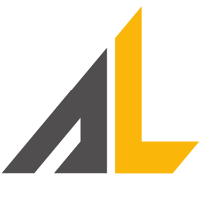
Automotive Lighting
The history of the company, "Automotive Lighting" originates from LLC Bosch Ryazan in 1996. In 1999 "Robert Bosch GmbH" (Germany) and one of the world's largest companies producing components for systems of electrical equipment for cars - "Magneti Marelli" (Italy), created the holding "Automotive Lighting". Ryazan branch became a part of the new Corporation. In 2001, the holding company joined the "Seima". In 2003, "Magneti Marelli" becomes 100% owner of the "Automotive Lighting".